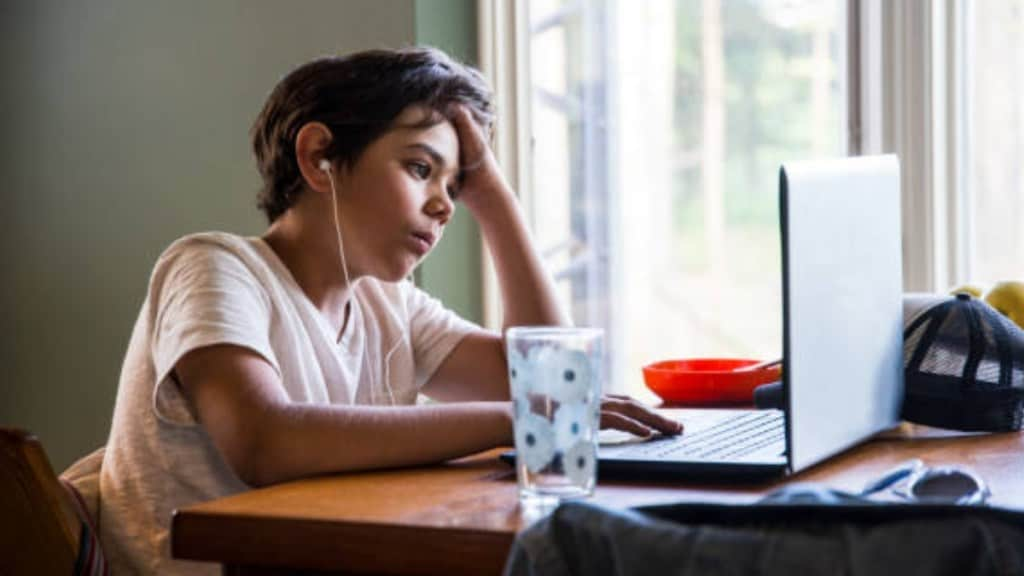In a world where digital tools dominate classrooms and homes, fostering children’s digital wellness has become a critical focus. Hemali Dalal, Managing Director of JBCN Education and Aishwarya Rao, Director at The Vivekalaya Group of Institutions, share how their schools promote balance and collaboration between educators and parents to address this challenge.
“Our policies prioritise holistic development at every stage,” explains Dalal. “For younger children, we emphasise sensory, hands-on learning to spark creativity and exploration. Older students use digital tools in moderation to enhance learning without over-reliance.” To ensure students stay engaged without becoming overwhelmed, JBCN integrates regular breaks and physical activity into daily routines. “It’s all about balance,” Dalal adds. “We want students to develop independence and critical thinking without being glued to a screen.”
Rao echoes this sentiment, adding that screen-based homework is kept to a minimum. “While online research is essential in today’s academic environment, we encourage responsible screen use and balance it with offline activities wherever possible,” she explains.
Creating clear guidelines for digital use
JBCN classrooms claim to follow strict digital guidelines to keep students focused and safe. “Devices are used strictly for academic purposes,” Dalal asserts. “Internet access is limited to educational content and non-academic browsing is prohibited. Misuse, such as cyberbullying or accessing inappropriate content, is dealt with firmly.”
The school also employs robust firewalls and monitoring systems. “This creates a culture of responsible and effective technology use,” she adds, underscoring the importance of digital discipline.
Training teachers to manage screen time and stress
Teachers play a pivotal role in managing screen time and recognising stress related to digital exposure. “Our teachers undergo specialised training to spot signs of overstimulation,” Rao explains. “They are adept at identifying anxiety linked to prolonged device use, equipping them to create a balanced and supportive learning environment.”
Physical activity is also prioritised as a counterbalance to screen time. “We believe staying physically active is essential not only for overall health but also for regulating emotions and supporting mental well-being,” Rao highlights. This holistic approach ensures that students’ mental and physical health is safeguarded.
Engaging parents through workshops and collaboration
Recognising that digital wellness extends beyond school, JBCN actively involves parents. “We host workshops like ‘Healthy Digital Habits for Young Minds’ to equip parents with strategies for managing screen time at home,” Dalal shares. “These sessions cover everything from setting boundaries to encouraging offline activities.”
The school also assigns hands-on tasks to reduce screen time at home. “Parents understand that these activities promote experiential learning and engage children in digital-free environments,” Dalal adds.

